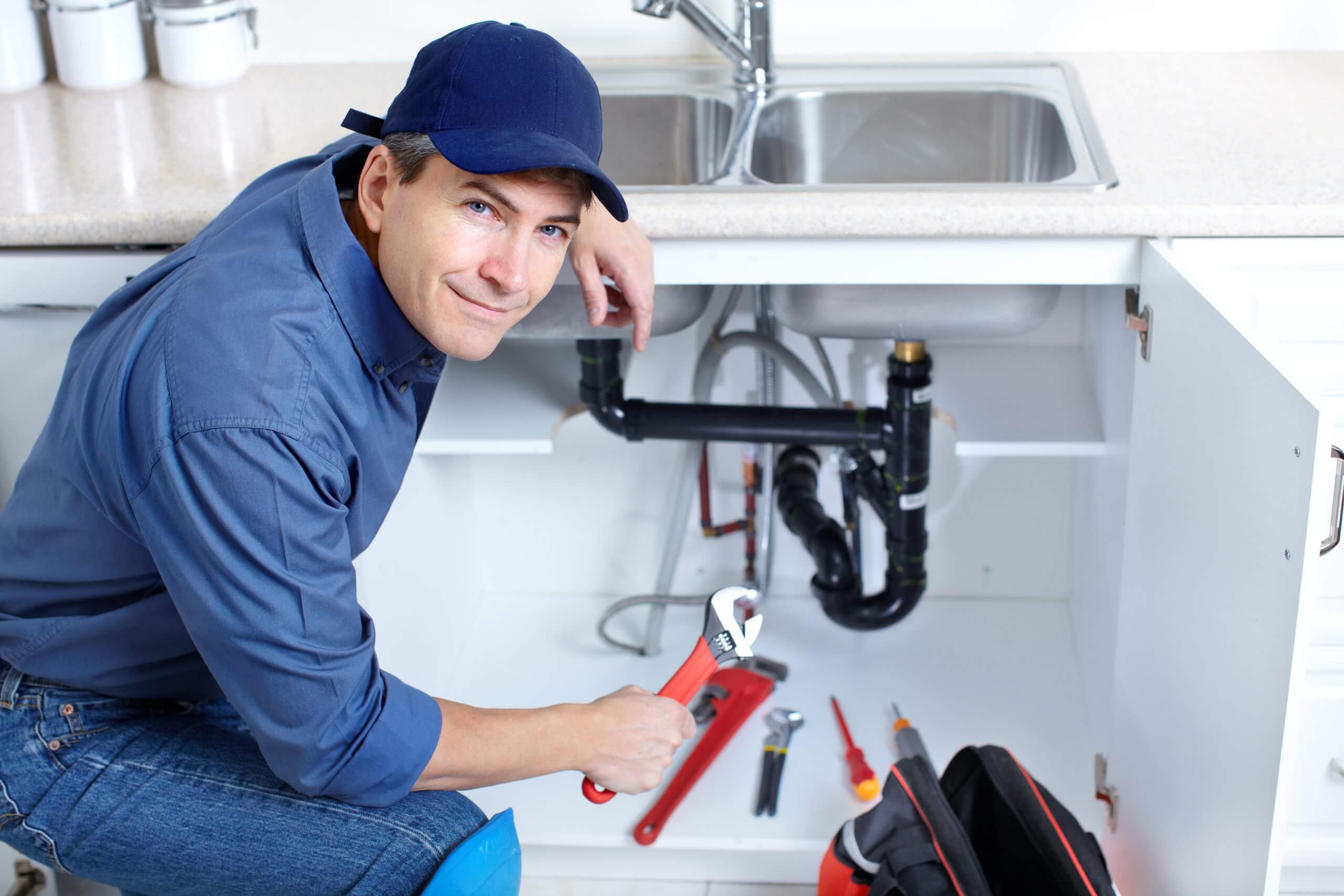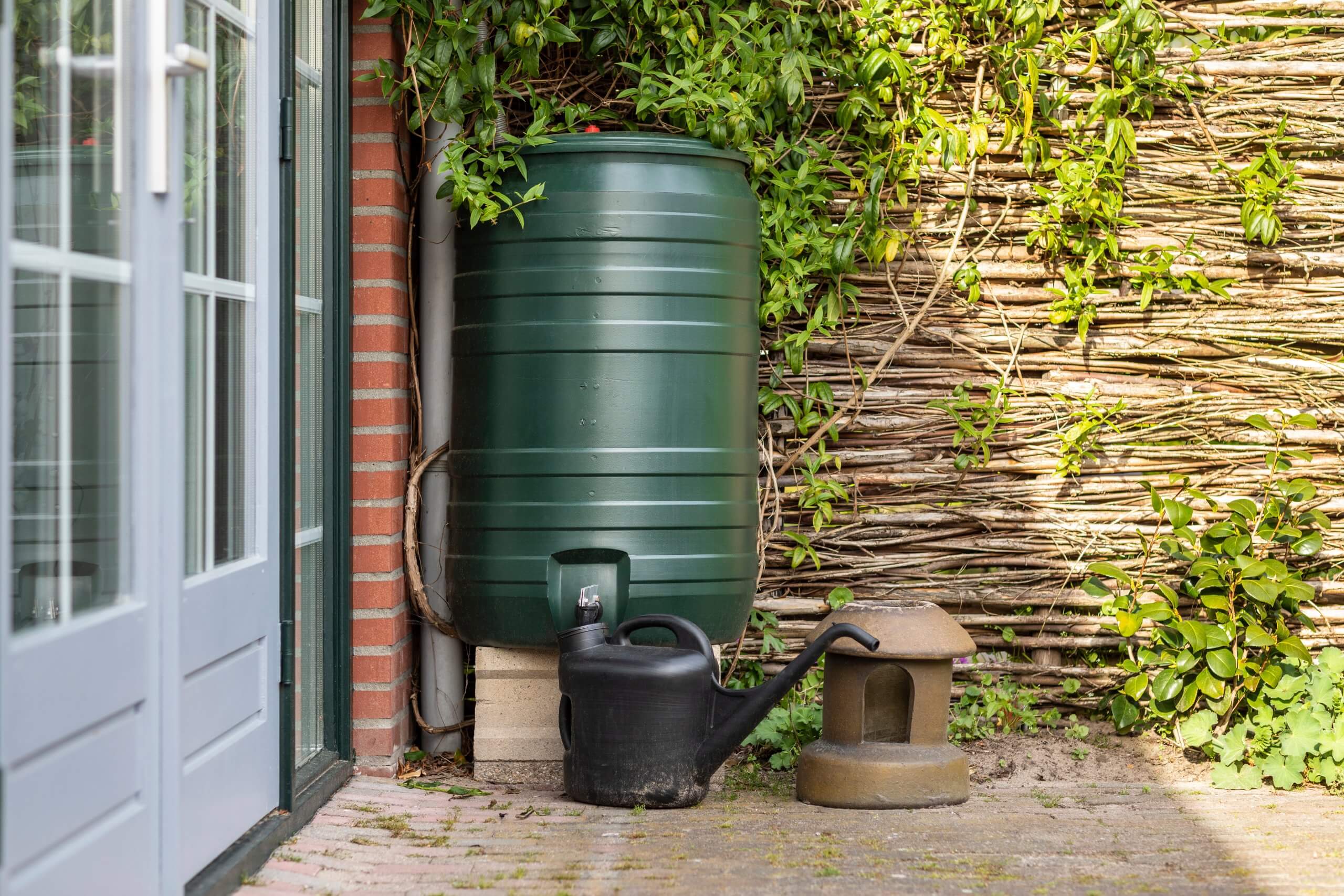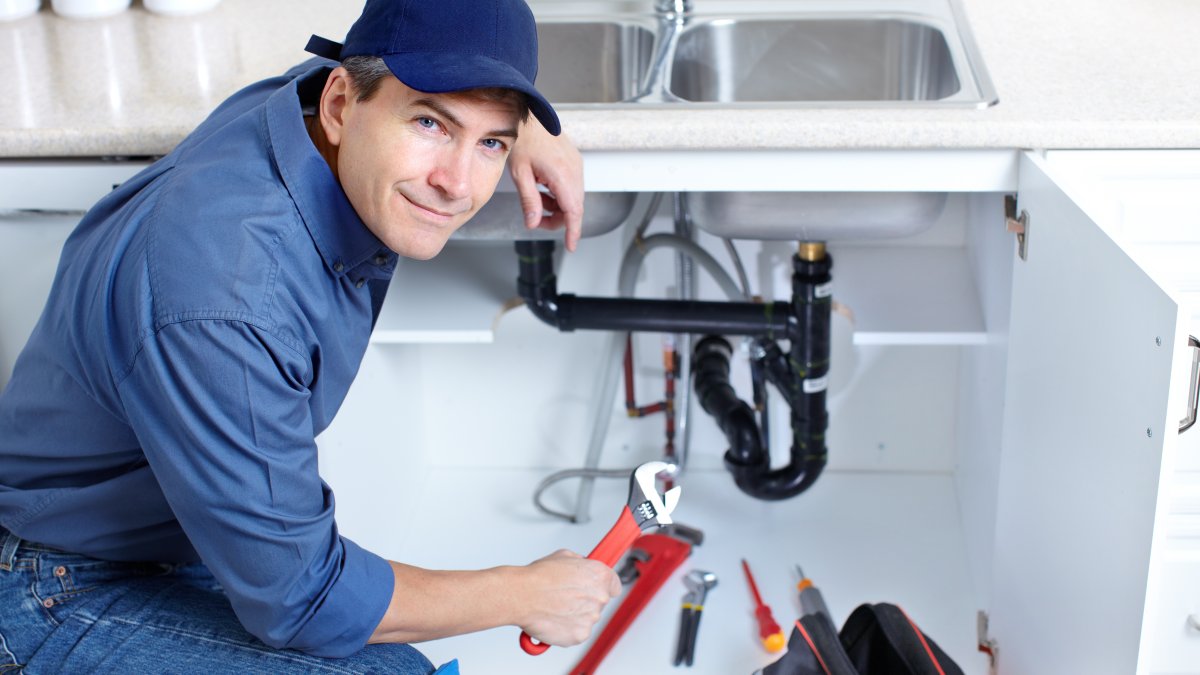
In today’s environmentally conscious world, water conservation is more important than ever. With climate change and population growth putting increasing pressure on water resources, it’s crucial to find ways to reduce consumption and protect our planet. Investing in water-saving technologies for your home is a smart way to do your part. These upgrades can help you save water and money on your utility bills while also reducing your environmental impact.
If you’re looking to make your home more water-efficient, it’s best to get in touch with professional Tucson plumbers. These experts are knowledgeable in installing water-saving technologies that can transform your home into an eco-friendly oasis. Professional plumbers can assess your current usage and recommend the best water-saving solutions for your needs.
Here are a few examples of water-saving technologies that Tucson plumbers can help you install:
1. High-Efficiency Toilets
When it comes to water usage in your home, toilets are among the biggest culprits. Older models can consume up to 6 gallons per flush, while modern high-efficiency toilets use just 1.28 gallons or less. High-efficiency toilets (HETs) have undergone significant improvements in recent years. They use advanced flushing technology that ensures effective waste removal while minimizing water usage. The result is a toilet that not only saves water but also performs exceptionally well.
One popular type of HET is the pressure-assisted toilet. These toilets use air pressure to force water into the bowl, effectively clearing waste with less water. They’re known for their powerful flushes and are a favorite choice for homeowners who want both performance and water savings. By upgrading to a water-saving toilet, you can save thousands of gallons of water each year. Not only will this lower your utility bill, but you’ll also lessen your environmental footprint.
2. Smart Irrigation Systems
Maintaining a lush, green lawn can be a challenge, but a smart irrigation system can help you do it efficiently. Smart irrigation systems take the guesswork out of lawn care. They adjust watering times and durations based on local weather forecasts and the specific needs of your landscape. These systems use weather data and soil moisture sensors to water plants efficiently, providing them with the perfect amount of water they need.
You can even control a smart irrigation system remotely using your smartphone, allowing you to make real-time adjustments based on weather conditions. This means no more watering on rainy days or forgetting to water during a drought. Additionally, these systems can detect leaks and notify you promptly, preventing wastage and costly repairs. Investing in a smart irrigation system not only conserves water but also saves you time and money in the long run.
3. Low-Flow Faucets and Showerheads
Another significant source of water wastage in homes is traditional faucets and showerheads. By installing low-flow versions, you can reduce water usage by up to 50% without sacrificing water pressure. You’ll enjoy the same functionality while using significantly less water.
Low-flow faucets and showerheads work by mixing air with the water stream, creating a high-pressure, aerated flow that feels just as satisfying as traditional fixtures. This innovative design not only conserves resources but also reduces energy consumption by heating less water, further lowering your utility bills.
4. Rain Barrels
Harvesting rainwater is an ancient practice that’s making a comeback with modern technology. Rain barrels are an excellent way to collect and store rainwater, which can then be used for watering your garden or landscaping. It’s a simple yet effective way to reduce your reliance on municipal water sources.

Rain barrels come in various sizes and designs to complement your home’s aesthetics. The harvested water is free from chlorine and other chemicals commonly found in tap water, making it ideal for nurturing your plants and gardens. By using rain barrels, you can reduce your overall consumption and contribute to conservation efforts in your community. Plus, you’ll see a noticeable decrease in your water bill during the rainy season.
5. Leak Detection Systems
Undetected leaks can lead to significant water wastage and costly repairs. Early detection of leaks can save you money and prevent water damage to your home. A leak detection system can help you identify leaks in real-time, allowing for prompt repairs. Leak detection systems use sensors to monitor water flow and pressure in your plumbing system. If there’s an unusual drop in pressure or a continuous flow of water when there shouldn’t be, the system will alert you.
Installing a leak detection system is a proactive step toward water conservation and property protection. It ensures that you’re not unknowingly wasting water or facing costly repair bills due to undetected leaks.
6. Dual-Flush Toilets
If you’re not ready to replace your toilet with a high-efficiency model, consider retrofitting it with a dual-flush conversion kit. Dual-flush toilets have become more popular due to their water-saving capabilities, and they’re often preferred in regions with water scarcity concerns. This technology allows you to choose between a low-volume flush for liquid waste and a higher-volume flush for solid waste. It’s a cost-effective way to reduce water usage without investing in a new toilet.
Dual-flush conversion kits are compatible with most standard toilets. They typically include a flush valve and a button or lever that allows you to select the flush volume. This simple modification can cut your toilet’s water usage in half, conserving resources with each flush.
Conclusion
Incorporating these water-saving technologies into your home isn’t just about reducing your utility bills but contributing to a more sustainable future. Professional plumbers can help you upgrade your home’s efficiency through the proper implementation of these innovations. Take the initiative today to conserve water and be part of the solution to one of our planet’s most pressing challenges. Your wallet and the Earth will thank you for it.
Thomas Bennett
Related posts
Stay connected
- How LoveOn Chat Is Becoming the Most Versatile AI Companion for Digital UsersThe internet keeps shifting toward hyper-personal interaction, and AI companions are at the center of this shift. What used to be simple chatbots are now evolving into emotionally aware, adaptive, and multi-functional digital partners. Among the new generation of platforms, LoveOn Chat is becoming one... The post How LoveOn Chat Is Becoming the Most Versatile […]

